Air Compressor and Nail Guns
1. This is my compressor. It’s a little Porter Cable pancake compressor. It packs 135 PSI (pounds per square inch) of pressure. Every pneumatic tool has it’s own operating pressure requirements. You must refer to that tool or operating manual when setting the operating pressure on the air compressor before using said tool with said air compressor. 🙂
Pros: It is light enough for me to pick up and carry around the job site (my home). It’s got enough pressure and capacity to power all my nail guns.
Cons: The small capacity tank requires the motor has to kick on frequently to maintain enough pressure to power my nail guns. It doesn’t cut it for powering a paint sprayer. The motor has to run constantly and even then, there is just not enough air pressure to work with that tool. (At least that is my experience.)
*Important step that is often overlooked or unknown: The tank must be drained of condensation so it doesn’t rust out your tank or get forced into through the hose and into the nail gun.
My 16 gauge Porter Cable Finish Nailer is my go to gun. I use it when I build anything from picture frames and cabinets and when I install moulding and wainscoting. It requires a range of 70 to 120 PSI.
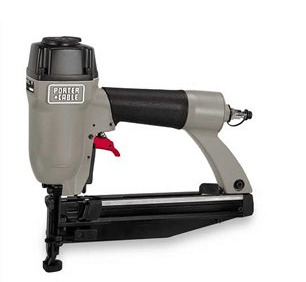
I have an 18 gauge Craftsman finish nailer/stapler gun that I can only use as a stapler because it jams EVERY time I try to use it as a nailer.
It would be handy if the NAIL gun aspect worked for tight to reach spots but I’ve been surviving without it.
*I use it all the time to staple on the backs of my cabinets.
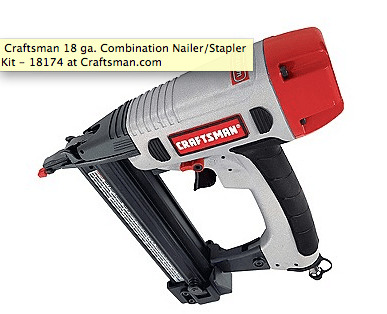
See my full review of the 18V cordless DeWalt nail gun.
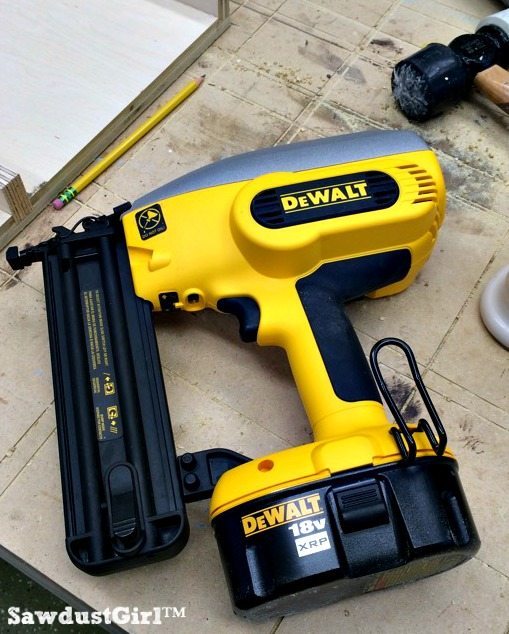
My DeWalt Framing Nailer packs a punch! It has a strong recoil so I use two hands as often as possible with this bad boy.
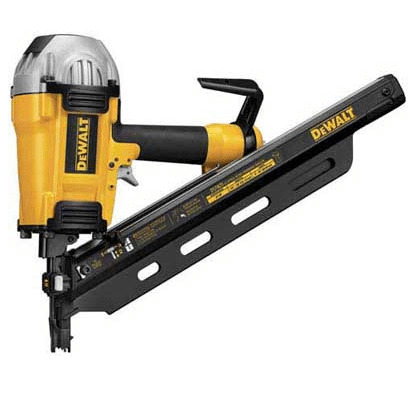
This nailer has dual fire options. I can switch out the trigger to a bump fire trigger which would allow me to hold in the trigger and fire a nail every time I bump the nose guard. I think that’s an accident waiting to happen so I have never switched to the Bump Fire Trigger!
***It’s important to know that not all guns have the same safety features so make sure you read your owners manual to understand how to safely use the gun that you have!***



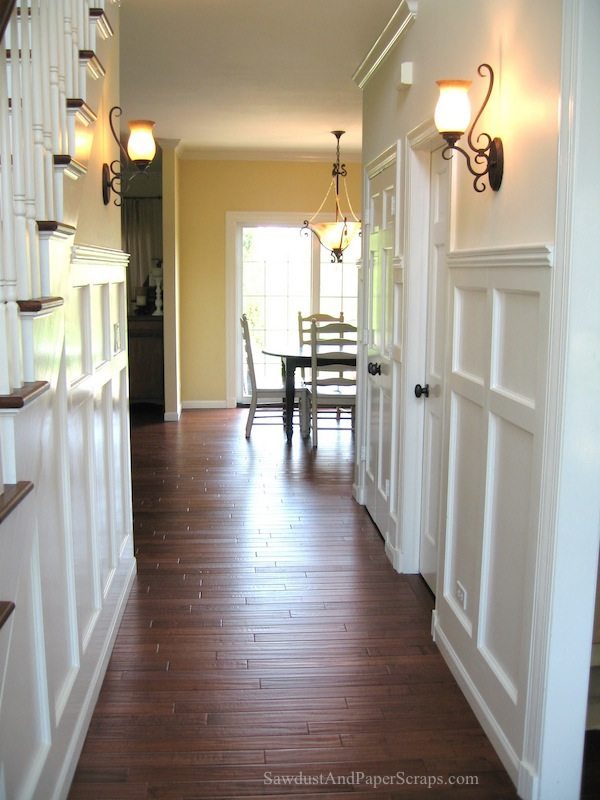

Apologies if I came off sounding harsh. Sometimes the paranoid engineer in me can’t keep his mouth shut.
I started buying no name brand tools from everywhere like swap meets, thrift shops, local hardware stores (before the big chains) and later online retailers like eBay and Harbor Freight. In fact, I still do from time to time. They all serve a purpose for someone at some time and I certainly didn’t mean to imply any are inherently dangerous.
Always disconnecting the air line is a good safety tip but I’ve had electrical nailers fire on me during a jam clear without power so it’s not always fail safe. Then again, that’s what safety glasses are for. =)
Great editing job…you added excellent info.
I hate that. Did you increase your pressure or you drive depth knob/wheel? Sometimes if you’re nailer isn’t snug against the moulding, the fastener doesn’t sink and there’s nothing you can do about that if it’s not a flat moulding. Sometimes you just have to go back with a nail set. That job always puts me in a bad mood!
Helpful, no? LOL
I haven’t ever purchased a nail gun from HF but I have an awesome grinder/sander that I bought there.
p.s. I ALWAYS disconnect the air hose before clearing a jam! 🙂
Great video! We just got our first nailer and compressor, so this is perfect timing. One thing we found when we used the nailer was the nails (brads) didn’t all countersink into the molding. Some did, some didn’t, and I had to come along later with a nail set. Any idea what could fix this?